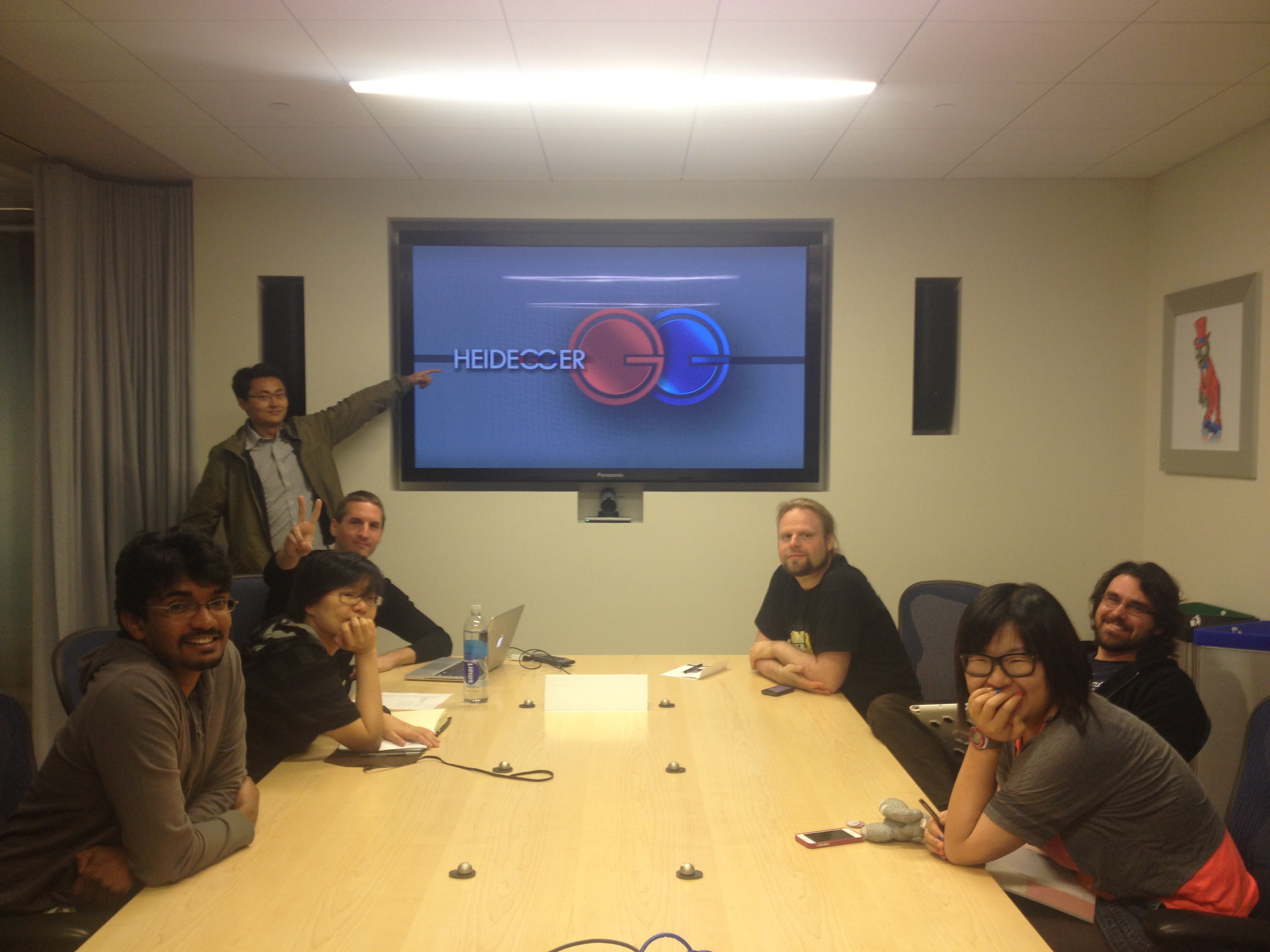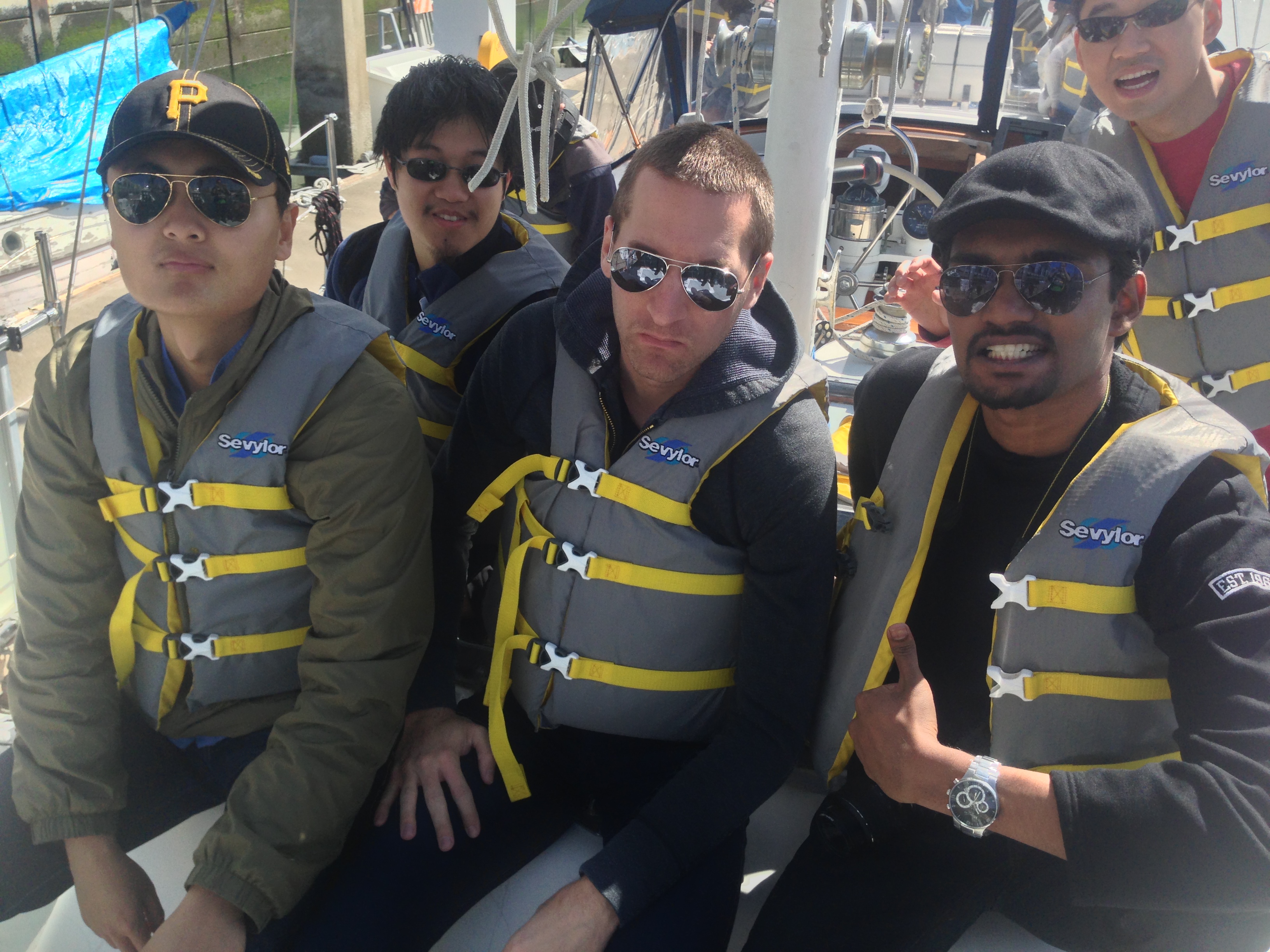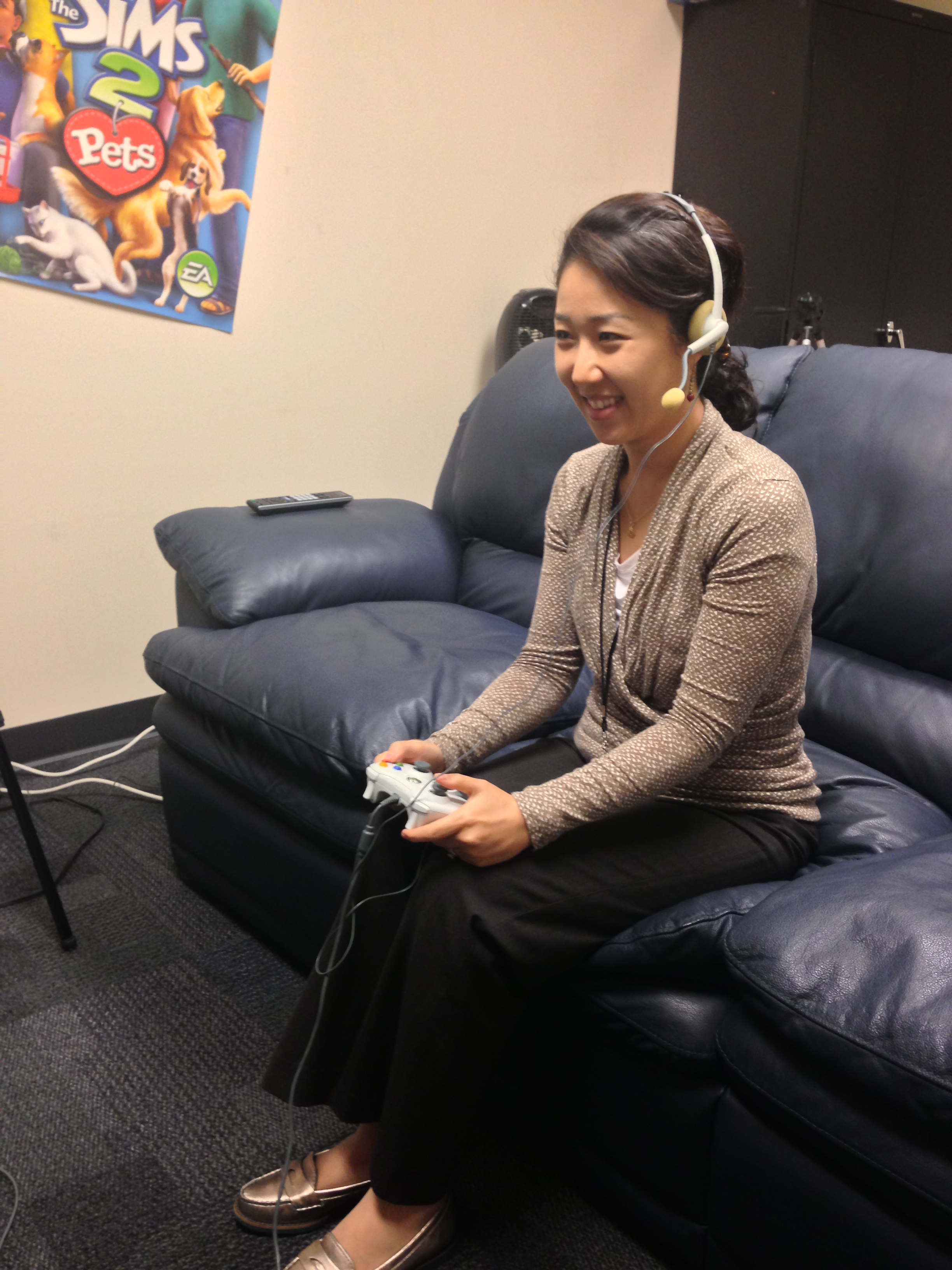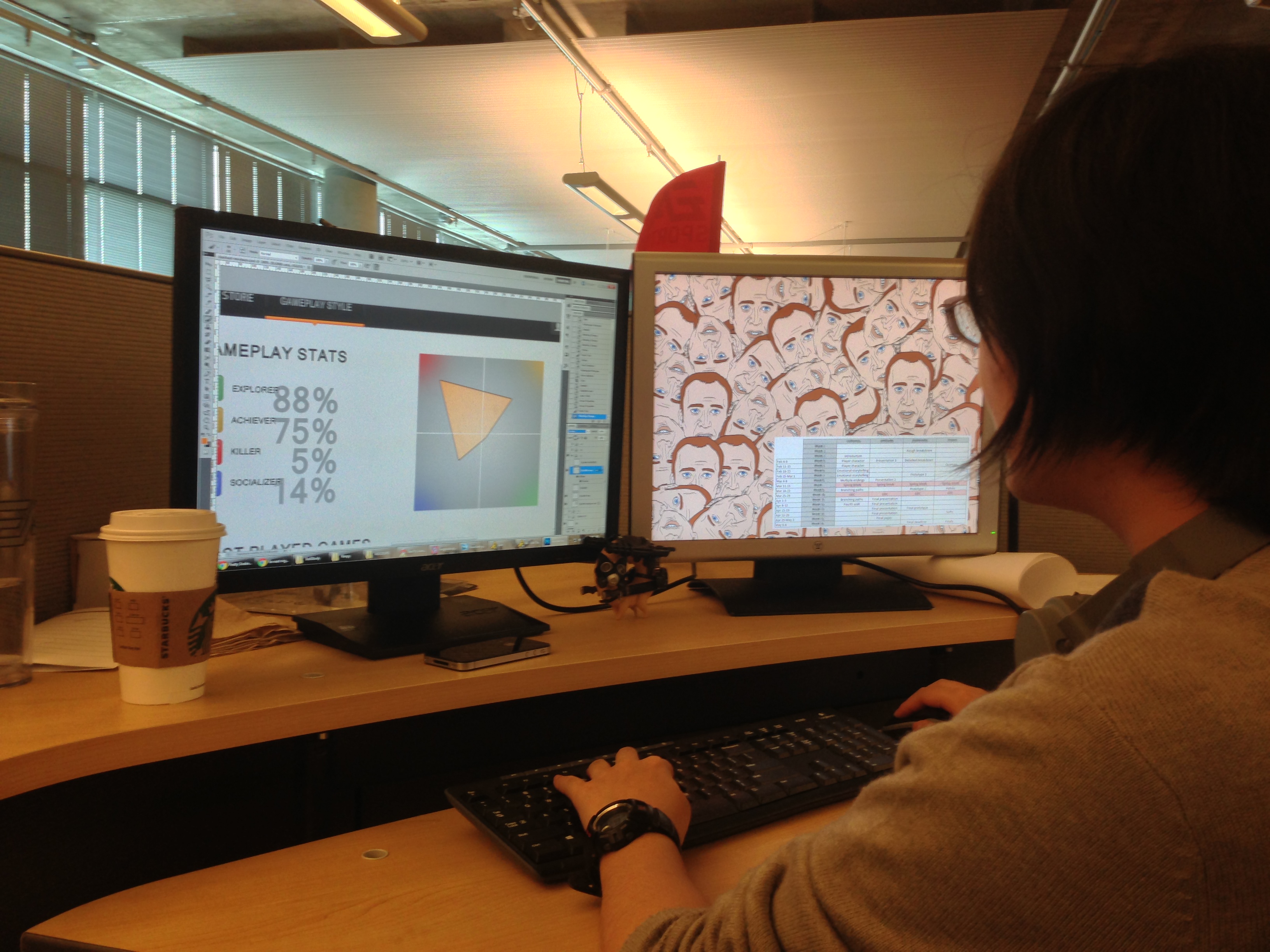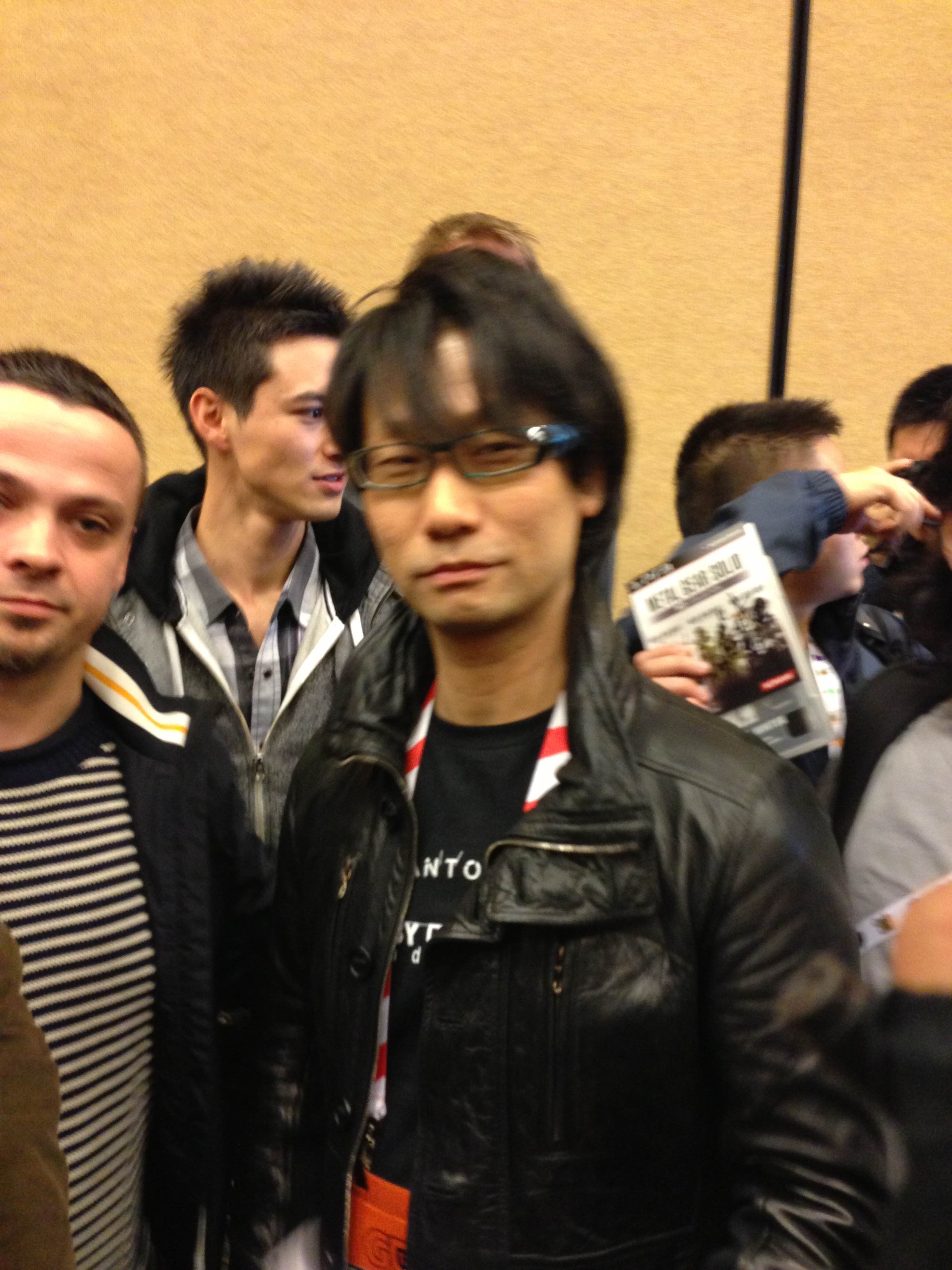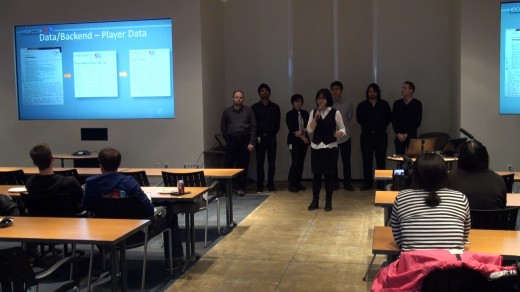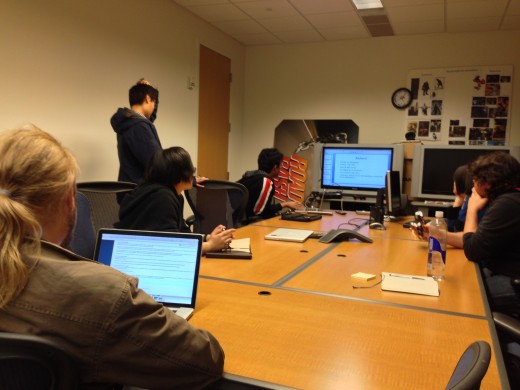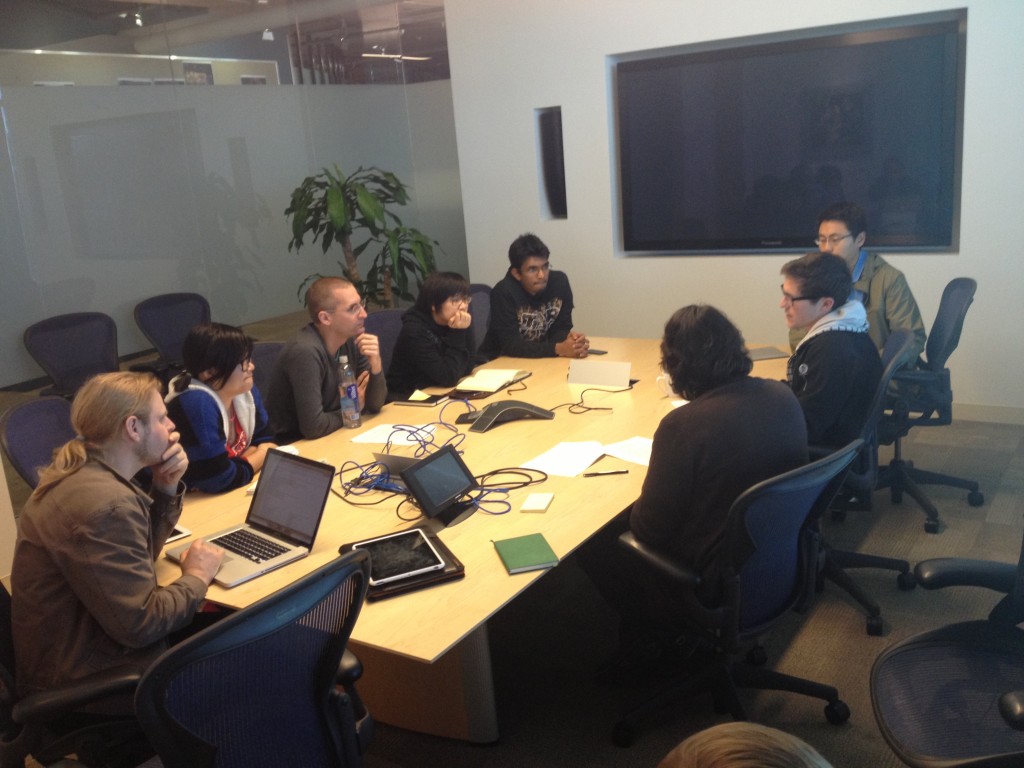Newsletter for project Heidegger Week 15 in PDF Format
This Week
As the semester comes to a close, and all projects move toward their inevitable ends, we at Project Heidegger have concerned ourselves equivalently with the dual tasks of preparing for a series of presentations, and with authoring definitive documentation of our work over the past fourish months. It’s been a surprisingly anticlimactic conclusion to a challenging semester, but such is the manner by which most of life’s episodes resolve: with a whisper.
In Detail
Toward the end of last week, we met to form general strategies for our triumvirate of upcoming presentations: one with Rich Hilleman to discuss our project in relation to the OCCO; one with representatives from EA–including members of Visceral Games and the Origin development team–to discuss how our work might enhance their work; and, lastly, our Finals presentation, designed to measure our achievements by ETC project standards. Our approach for Rich was to make the presentation as conversational, concise, and un-presentation-like as possible, as he’s a man of spontaneous inspiration and pontification, whose thought process is one of insightful nonlinearity — which he demonstrated in spades during our meeting with him. For EA, we have more time to present, as well as a static audience (until the post-presentation Q&A), so we’ve structured the presentation more like a pitch to the company, focused on opportunity, and we’ve gone into far more detail about our process, challenges, and recommendations to Visceral and Origin, should they be interested in continuing what we’ve begun, to whatever degree. Concerning ETC Finals, we’ll explain the various iterations of our project throughout the semester, and explain what was difficult, successful, and what we’ve learned from this venture as an academic pursuit. The process of documentation has been surprisingly daunting (though this reality shouldn’t have been a surprise, given the intricate and unfamiliar-to-us nature of our work). Martin is authoring the Level Design and Playtesting Team documentation, Star and Shaveen are coauthoring the Data Team documentation, and Emmanuel and Anabelle are co-authoring the Origin Team documentation: once these individual reports are complete and assembled into a single, exhaustive tome, our final tasks for the semester will be to deliver our remaining and aforementioned presentations.
Next Week
Polishing and rehearsing our EA and Finals presentations will consume Monday and Tuesday (though we’ll be presenting to EA on Monday afternoon), and Wednesday will bring Finals. Shaveen will leave California on Wednesday night, and Nathan on Thursday, and the rest of Project Heidegger shall disband soon after. As producer of the project and author of these 15 newsletters, I want it to be forever known that I’m hugely proud of the team, what we’ve accomplished, and that I’ll miss them, to the last.

